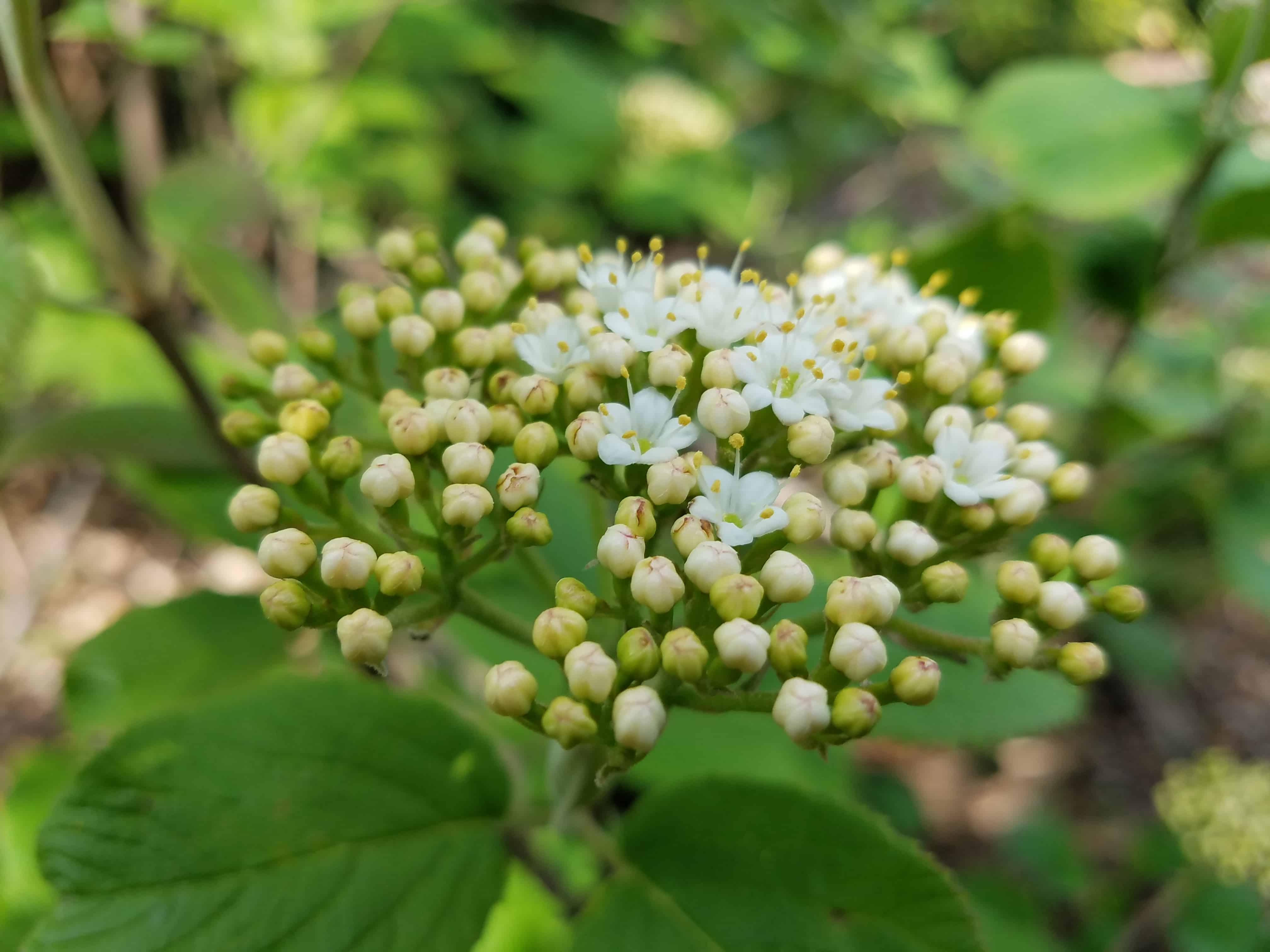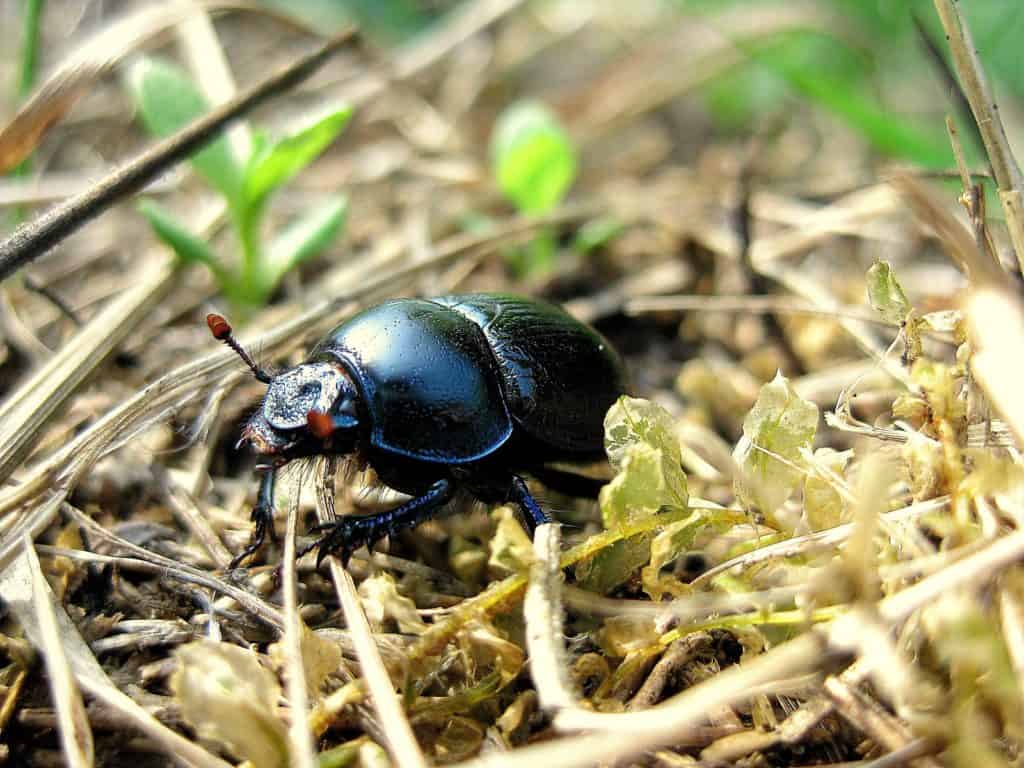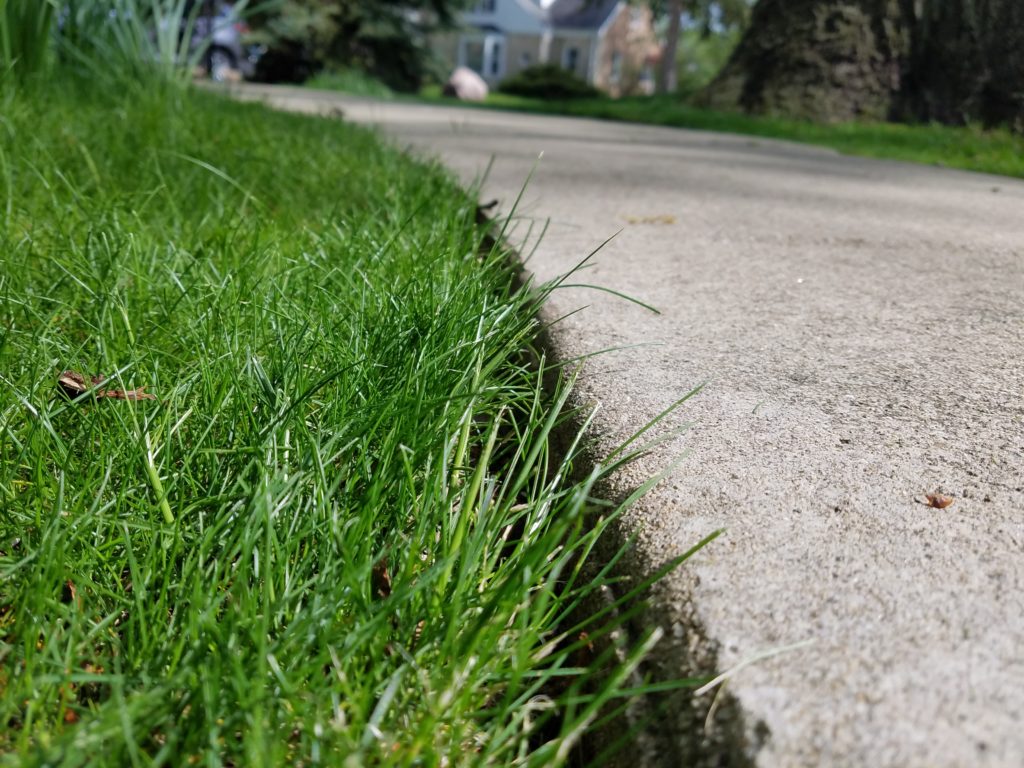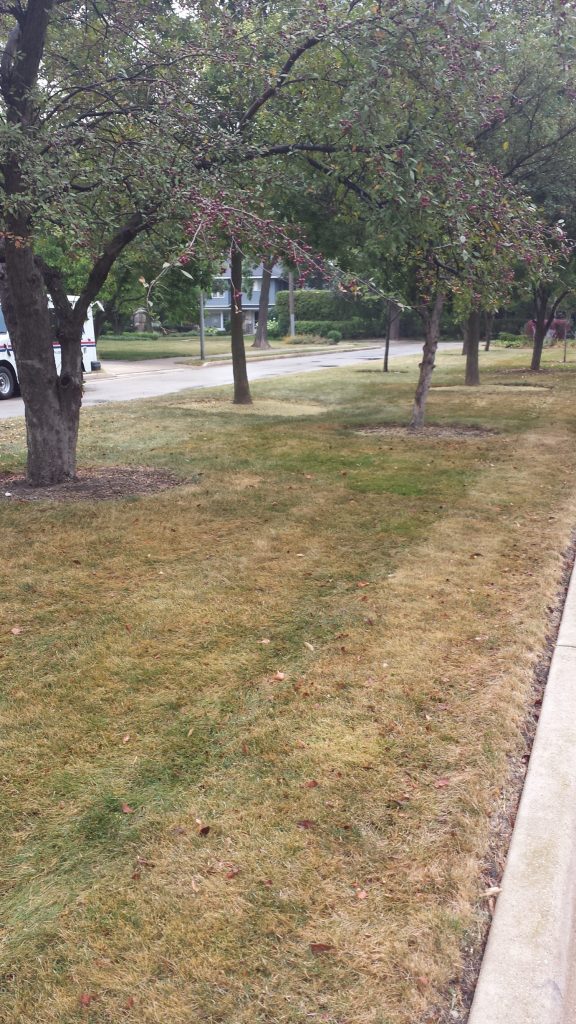
The landscape has begun to swell as the Oaks and Maples leaf out, and Spring flowering trees and shrubs adorn the horizon. Our once lethargic lawns have kicked into high gear with the onset of warming temperatures, cool nights, and copious amounts of rain. And just when we thought we had it made, an invader lurks in the not so distant future. Welcome the grub worm.

Grub worms are the larvae, children, if you will, of a variety of beetles. They feed on the lawn’s root system and are terribly destructive. Weakened, wilting, brown grass in irregular shapes are a sign of their existence and ferocious appetites. In these areas, the grass can easily be pulled back due to root damage, and the grub highly visible – white, c-shaped and reaching lengths up to 2″. The grubs, themselves, invite critters, like skunks and raccoons, to feast upon them, further damaging the lawn.

More eggs are deposited in warmer soils, like the areas around sidewalks, driveways and outside lights. The beetle prefers to lay her eggs in moist soil as opposed to dry, so well maintained and irrigated lawns are often targets.

Preventative measures can be taken to inhibit the larvae from hatching and/or maturing. This is referred to as preventative grub control and is your best and most effective defense. Once damage is noticed, usually later in the season, around August, granular insecticides can be applied to treat the grubs; however, most damaged areas will not bounce back. Raking and reseeding will most likely be needed. Before grubs become a problem, contact Sweeney’s to schedule your grub control today! After all, an ounce of prevention is worth a pound of cure and a healthy lawn, so don’t be a hub for grubs! We proudly serve the communities of Villa Park, Elmhurst, Oakbrook, Oakbrook Terrace, Glen Ellyn, Lombard, Wood Dale, Itasca, and more!
Sweeney’s: A Plant Based Company
Plant of the Week

Banana Cream II Shasta Daisy
Large, lemony-yellow flowers that soften to a creamy white bloom May – August amongst dark green foliage. Prefers full sun and moist, well-drained soil. Grows 18-24″ tall and 18-24″ wide. Attracts butterflies and pollinators.
“In all things of nature, there is something of the marvelous.”
-Aristotle
Best wishes,
Kim Sweeney

Late June early July best time to apply preventatives.
Yes, sir! Preventative measures are always preferred and more effective.